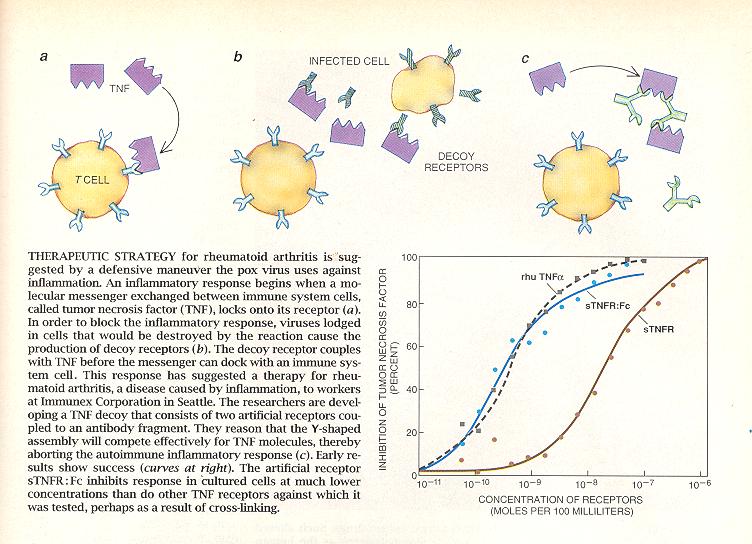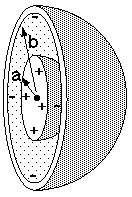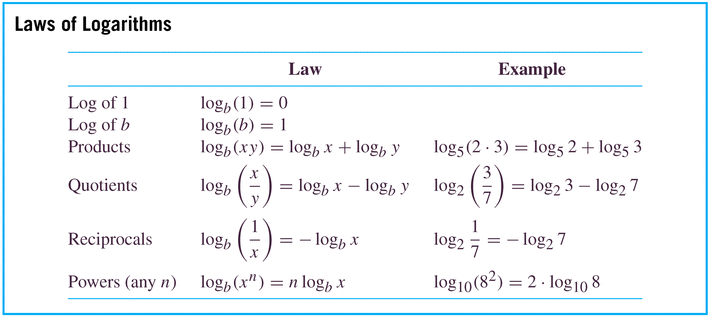- Hope that you had a nice weekend.
- Your first homework is due tomorrow. Any questions?
- Let's push your second one back to Thursday, to give you some breathing room.
- Have you had any luck/problems using or downloading Mathematica?
- Last time we demonstrated, using the limit definition of the derivative, that
where, for
,
-- which says that the derivative (or rate of change) of an exponential function is directly proportional to the exponential function itself.
- The following two properties are two sides of the same coin: but they're the most important reasons for the choice of the irrational base e:


This is almost a magical property: the rate of change of an exponential function is proportional to its value. In one case, the rate of change is the function value. The slope of the tangent line is the value of the function. Curious!
- We also talked about "bad fits" in models. At that time we discussed the logistic model, suggesting that it might do a better job than the pure exponential model of Figure 9, p. 395. Here is a logistic fit to the same data:

The model itself is also based on exponentials. In this case it is given by the function
From this model we can project into the future that the "carrying capacity" is the limit as t goes to infinity, which leads to a projected to be about 9 billion (9144 million):
The model predicts that, as of 2050, there will be about 8.6 billion people. Today it says that there are about 7.14 billion. An estimate of 7.26 billion was obtained today (Sun Aug 24 18:06:05 EDT 2014).
Many phenomena in nature possess the same logistic form, well illustrated with this image from the September 1993 issue of Scientific American on the Immune System:

These models appear to be doing a better job of capturing the kind of behavior that the model of Figure 9, p. 395, missed.
- Now Let's get back to that "lab" we started last time:
- Exponential Lab
- This image might help for the actual calculation of the mass of the atmosphere:

- Mathematica will compute the mass for us
- Let's start by thinking about some real-life problems that would
require the use of the inverse of an exponential function.
- From science?
- "How long will it take my uranium-235 to degrade from one kilogram to a half a kilogram?"
- "What's the difference in energy between an earthquake of 8 and an earthquake of 9 on the Richter scale?"
- The oceans have acidified by .11 on the pH scale; by how much has the concentration of hydronium ions?
- From business? "How long will it take my money to double at 5 percent interest, compounded continuously?"
- From science?
- Logs are, by definition, the inverses of the exponential functions:
- The laws of logarithms are reflections of the properties of
exponentials:
- The derivation of the derivative of the natural log function is
easy, given our work on inverses:

- Another way to define the log function is as the anti-derivative
of the "weird power"
:
(How does symmetry help us to understand the absolute value in this result? Click on Theorem 2 to find out....)
- Examples:
- #7, p. 408
- 10
- 26
- 44


